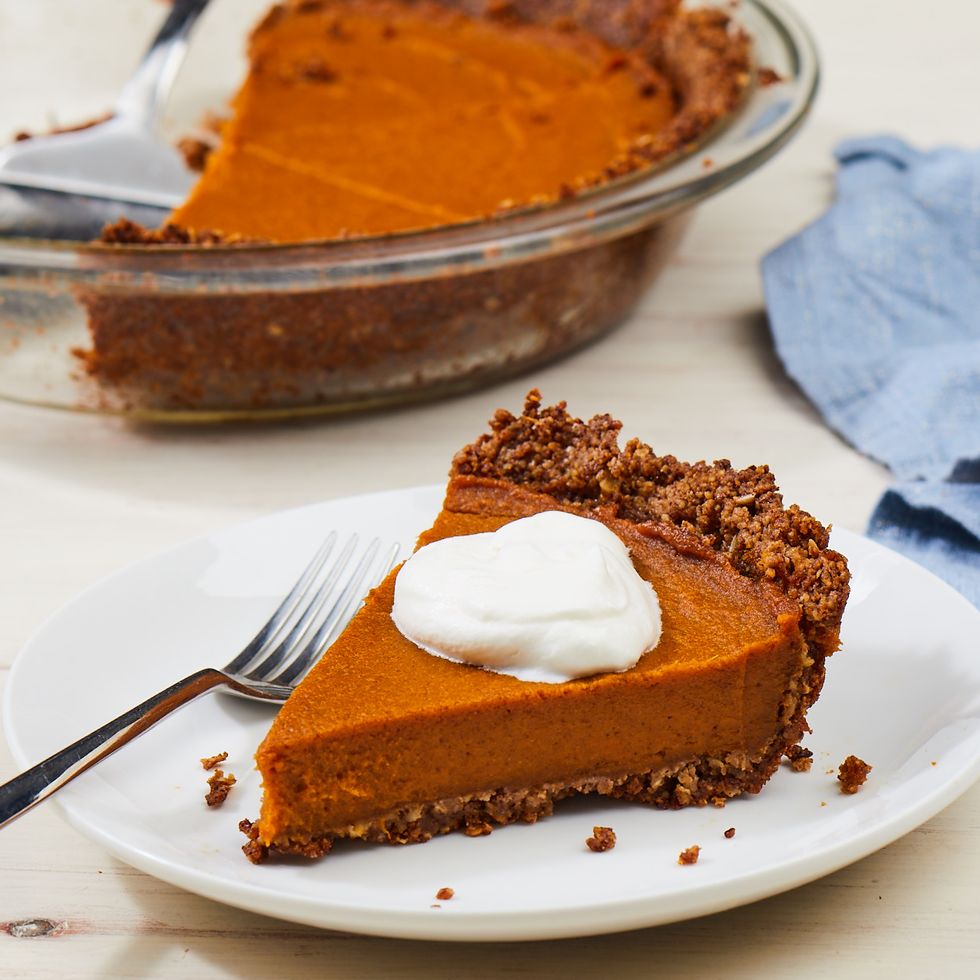I am always excited when Thanksgiving approaches – a break from school, time with family, and delicious meals that are only eaten once a year (or every week in Ross). But since learning more about the impact our food has on the environment, the traditional Thanksgiving meal doesn’t hold the same appeal. As highlighted by the Our World In Data graphic below, meat and other animal products lead to some of the greatest carbon emissions within the food industry. One of our sustainability coordinators, Evelyn Lane, also wrote a great blog post about food and the impact of veganism.

This Thanksgiving I’ve decided to swap some of my family’s typical Thanksgiving dishes with vegan alternatives. In this post, I will be highlighting some of the recipes I plan on trying and encourage you all to try a vegan swap too! I know this is a hard sell. As much as I understand the benefits of being vegetarian or vegan, I have found it difficult to make the commitment. If I am being honest, I don’t think I would ever be able to completely give up bulgogi or ice cream. But I have found that making easy swaps and limiting my overall consumption of meat and other animal products is extremely doable. And this Thanksgiving I won’t be eliminating all animal products from the dinner table, but rather swapping out what I can. Even replacing one traditional dish with a vegan one makes an impact!
Vegan Recipes
All some recipes require is an easy swap! I will be following this stuffing recipe, which skips the butter and uses vegetable stock. Veggies are another easy side dish. These green beans look great!

These mashed potatoes use vegan butter instead of regular butter. Try out this mushroom gravy with vegetable broth along with it! Instead of mashed potatoes, you could also try out mashed butternut squash.

Replacing turkey is a bit harder, but one easy swap is a pre-made tofurkey. EcoDorm’s recommendation is Trader Joe’s Breaded Turkey-less Stuffed Roast. I might also try to make a vegan ‘meatloaf,’ or perhaps go an alternative route and try Middlebury’s favorite – black pepper tofu.

Image courtesy of Trader Joes 
Image courtesy of Feasting at Home 
Image courtesy of Delish
Can’t forget dessert! This pumpkin pie with coconut milk looks delicious!
I hope this blog post gave you some inspiration! If you try any of these – or any other vegan recipes – please send us a picture so we can feature you on our instagram @midd_ecodorms! Happy Thanksgiving!
Sources:
“Food: greenhouse gas emissions across the supply chain,” Our World in Data, https://ourworldindata.org/food-choice-vs-eating-local.